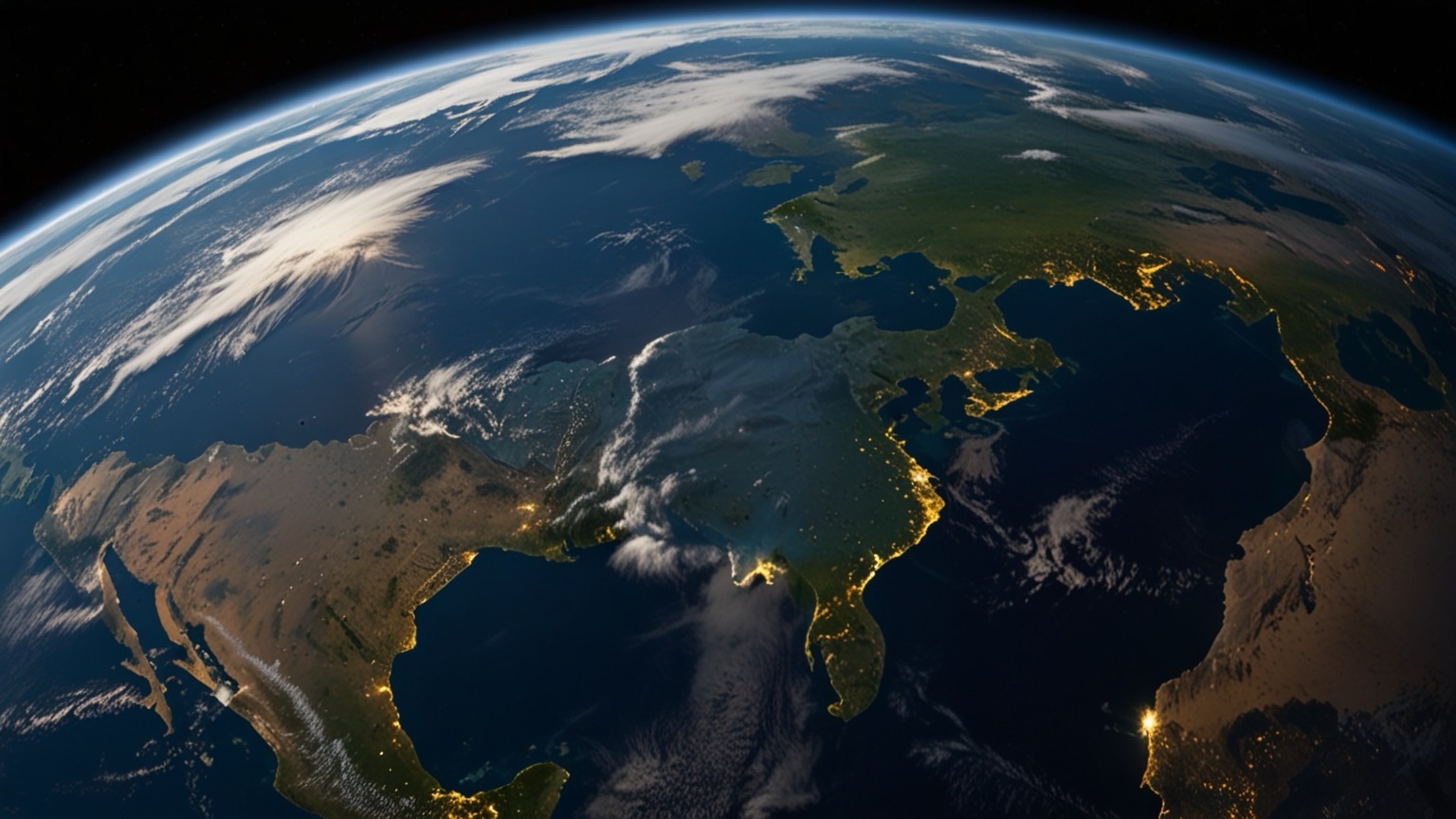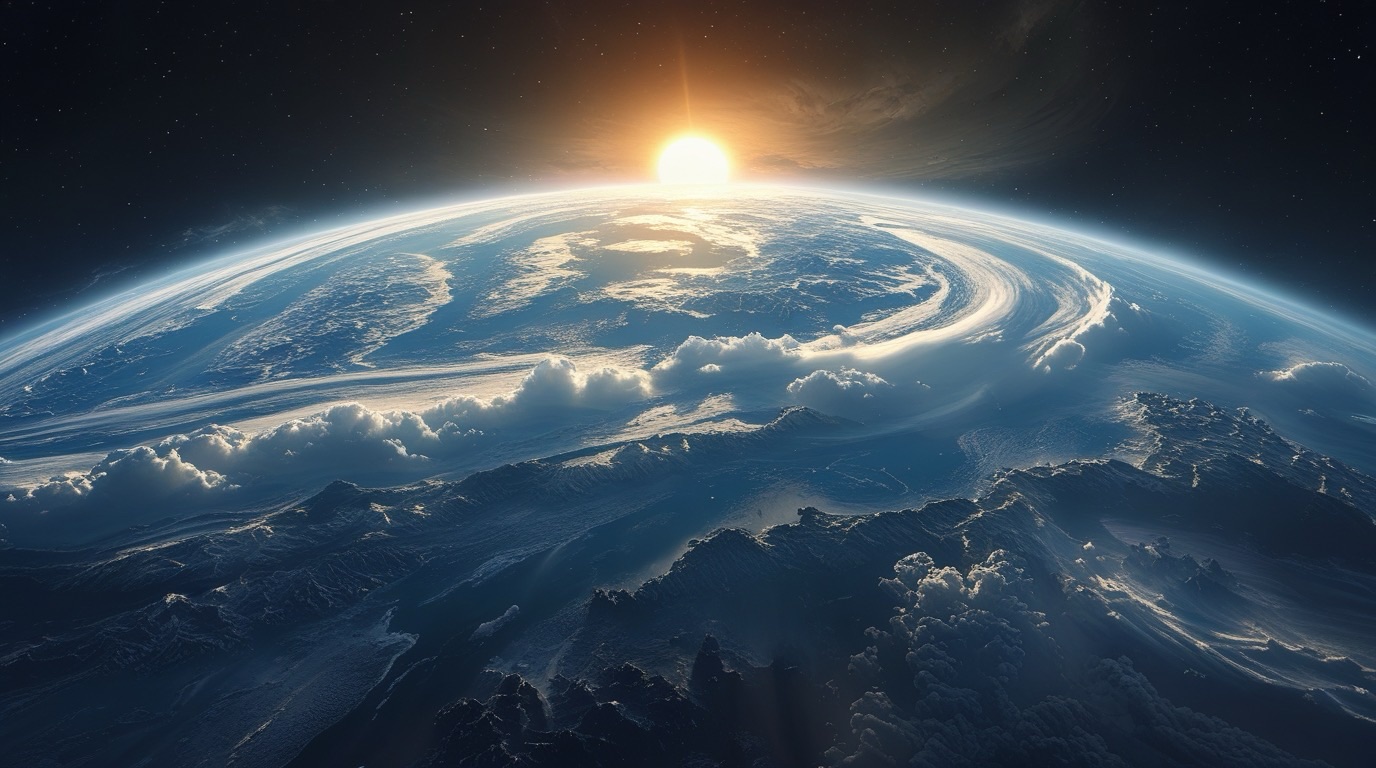Earth completed its rotation 1.34 milliseconds faster than usual today, making July 22 the year’s second-shortest day and continuing a remarkable trend that has scientists rethinking fundamental assumptions about our planet’s spin.
The accelerated rotation falls just short of July 10’s record-setting pace of 1.36 milliseconds faster than the standard 86,400 seconds that define a complete day. Scientists predict August 5 will register another abbreviated day, approximately 1.25 milliseconds shorter than normal.
These measurements represent a dramatic departure from Earth’s historical pattern. For centuries, our planet’s rotation has been gradually slowing due to tidal friction from the Moon’s gravitational pull, typically adding about two milliseconds per century to the length of each day.
A Planet in Fast Forward
The current acceleration began in 2020, when Earth started spinning faster than at any point since scientific records began. Each subsequent year has broken previous records for the shortest days, creating what scientists describe as an unprecedented period of rotational acceleration.
The benchmark remains July 5, 2024, when Earth completed its rotation 1.66 milliseconds faster than standard—the shortest day ever recorded. This summer’s trio of abbreviated days suggests the acceleration trend continues unabated into 2025.
These variations, while measured in thousandths of seconds, represent significant deviations in Earth’s normally consistent rotation. Scientists refer to any deviation from the standard 86,400 seconds as the “length of day,” and current measurements show our planet operating well outside historical norms.
The Moon’s Invisible Grip
Understanding Earth’s changing rotation requires examining the complex gravitational dance between our planet and Moon. Traditionally, tidal forces have acted as a cosmic brake system, gradually slowing Earth’s spin through ocean friction and energy transfer.
The Moon raises tidal bulges on Earth’s surface, but our planet’s faster rotation carries these bulges slightly ahead of the Moon’s position. This misalignment creates friction, particularly in ocean currents flowing across the seabed, which historically has caused Earth’s rotation to decelerate over geological time.
The recent reversal of this ancient pattern puzzles researchers. While the fundamental physics of tidal interaction remains unchanged, something has overwhelmed these traditional braking forces, causing Earth to accelerate instead.
Timekeeping Remains Stable
Despite the dramatic nature of these rotational changes, daily life continues unaffected. Current variations remain far below the 900-millisecond threshold that would require adjustments to global time zones or coordinated universal time systems.
However, scientists emphasize the importance of continued monitoring. If acceleration trends persist or intensify, future adjustments to Coordinated Universal Time may become necessary to keep atomic clocks aligned with Earth’s actual rotation.
The phenomenon raises fundamental questions about planetary dynamics and the forces governing Earth’s motion. Research teams worldwide are developing new models to explain the acceleration and predict future rotational behavior.
An Uncertain Timeline
The duration and intensity of Earth’s current fast-spinning phase remain unknown. Scientists cannot yet determine whether this represents a temporary fluctuation or the beginning of a longer-term shift in planetary behavior.
Multiple factors could influence Earth’s rotation, from changes in atmospheric circulation patterns to variations in ocean currents and even shifts in the planet’s internal structure. Researchers continue investigating these possibilities while tracking daily measurements for additional clues.
As Earth continues its accelerated pace through the summer months, the scientific community remains focused on understanding this remarkable phenomenon that has transformed our planet from a gradually slowing celestial body into one that spins faster each year.


One thought on “Earth’s Spin Accelerates, July 22 Marks Second-Shortest Day”